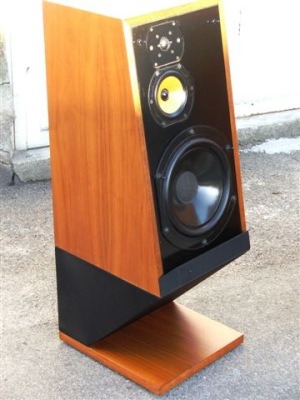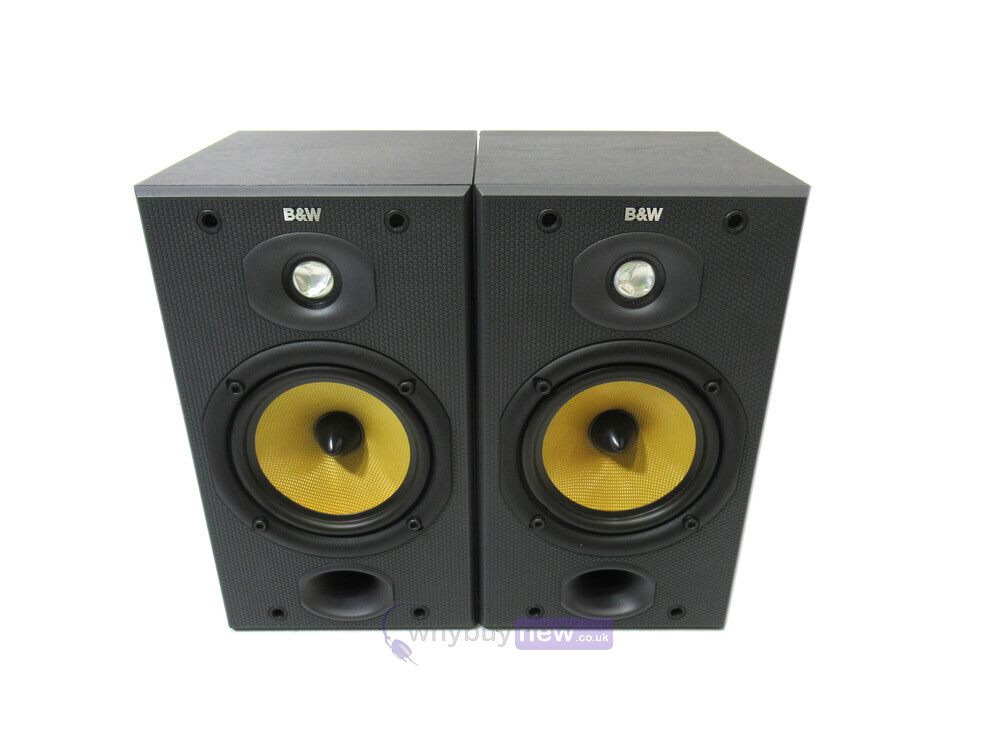


Unfortunately (or not?), domestic listening rooms do not sound like recording studios. The general consensus was that true HiFi could be achieved by means of reproducing the same sound of the recording studio. For most audiophiles, the goal was to have, at home, the very same sound as a studio monitor loudspeaker. In order to understand the sound of these speakers one should know the rules the speakers had to undergo in the Seventies.

Official B&W DM4 tech specs “Domestic Monitors” from the Seventies Binding posts accept only bananas, bare wire or forks are not allowed. Inner surfaces of cabinet were absorbent lined, with the addition of long fibre natural wool, in order to reduce standing waves, reflections and colouration from the enclosure to a minimum. The cabinet was constructed of 19mm 750 density chip-board throughout, with inside balancing veneers. The DM4 monitor was individually tested in B&W's anechoic chamber and supplied with automatic pen plot showing frequency response.Īcoustic loading was by a very dense, critically damped enclosure with a small controlling vent to optimise the response between 60 and 120Hz. Nominal impedance was 8 Ohm, with a minimum at 6 ohm (200 Hz) and a maximum at 25 ohm (∼2000 Hz).

Actually, when measured in axis in an anechoic chamber, the frequency response was just 80Hz-20kHz ±5dB and 140Hz-14kHz ☓dB. The crossover network was a third order 18 dB/oct Butterworth filter (3,5kHz-14kHz), and claimed frequency response extended from 30 Hz to above 25 kHz (☒dB). To be more precise, two types of bass units were made, early ones had a white surround (tend to age badly, shrink and cones go off centre) and a later black surround. The DM4 is a three unit monitor loudspeaker comprising a highly developed Bextrene coned midbass unit ( DW200/4, designed and produced by B&W), a Celestion HF1300 MkII lower high frequency unit (used also on the BBC LS3/6 and on the Spendor BC1) and a Coles 4001 19mm plastic domed supertweeter (also found on the Spendor BC1/SP1, IMF, Cambridge R50, B&W DM2 and DM2a). They were released at the International Audio Fair, October 1972 with the aim of out-performing competitive loudspeaker systems three times the size and twice the price. Luckly, the B&W DM4 loudspeakers I'm going to review belong to the “good stuff” from the past. This is, of course, an exaggeration: good things from the past can still sound interesting, but the vast majority are definitely obsolete. Sometimes, even horrible and cheap HiFi components and speakers from the Seventies or the Eighties are highly regarded and it is not unusual to find someone who believes they sound better than good, contemporary HiFi gear. Nowadays everything older than 20 years is considered “vintage”. price: highly variable, from 150 to 800€/pair, depending on conditions Product: B&W DM4 - vintage stand-mount/bookshelf loudspeaker systemĪpprox.


 0 kommentar(er)
0 kommentar(er)
